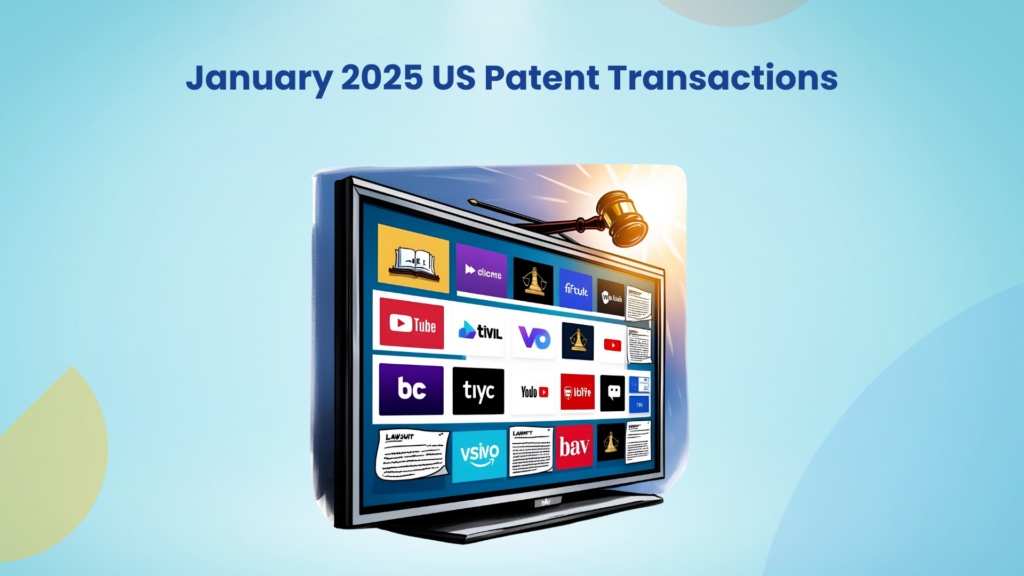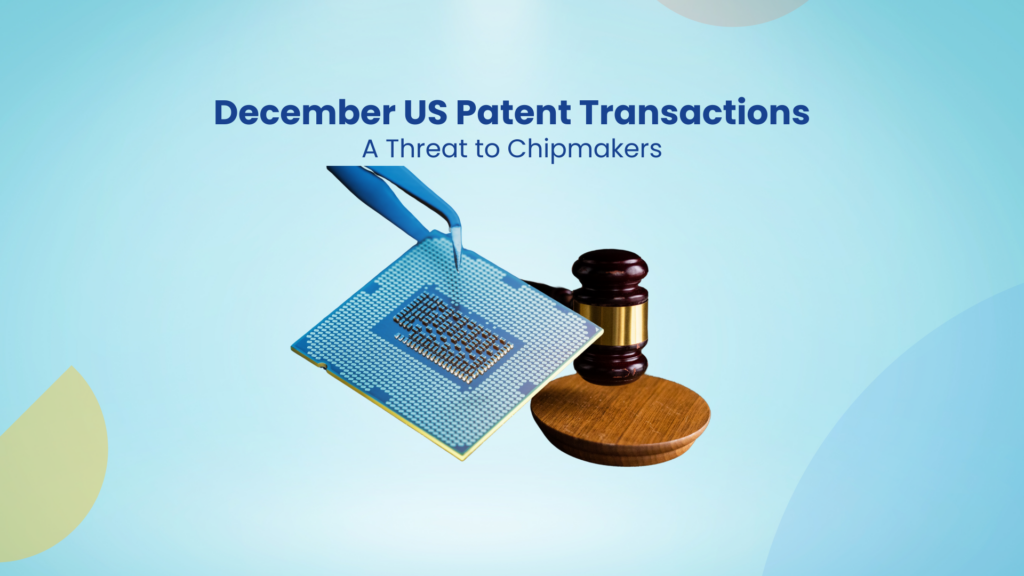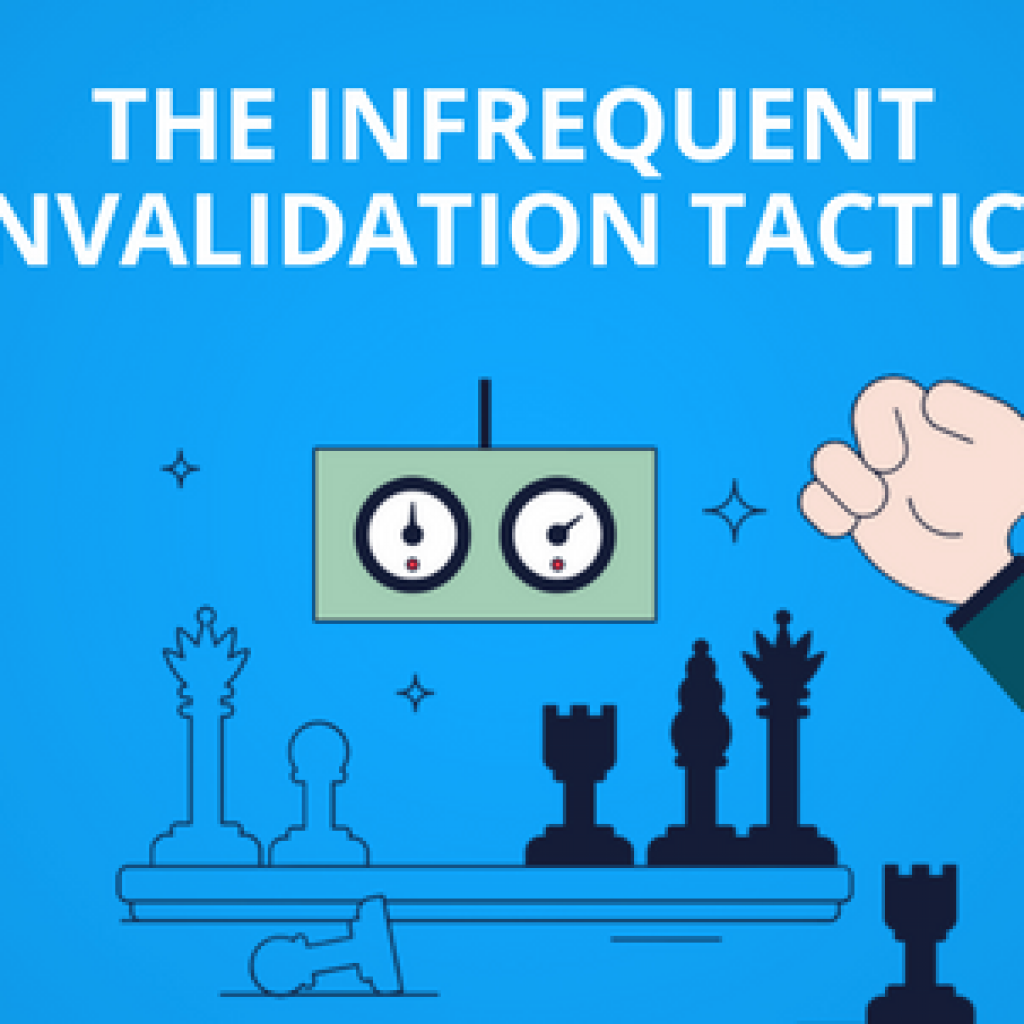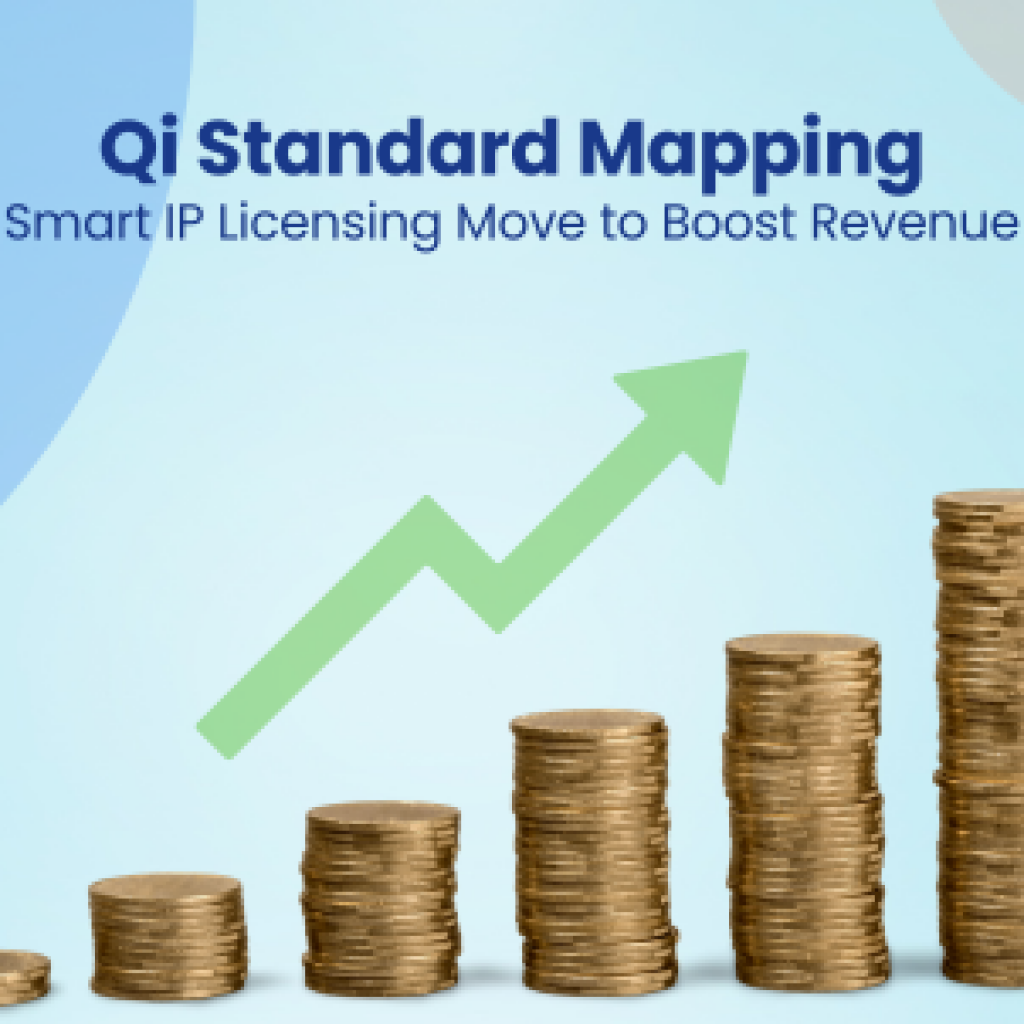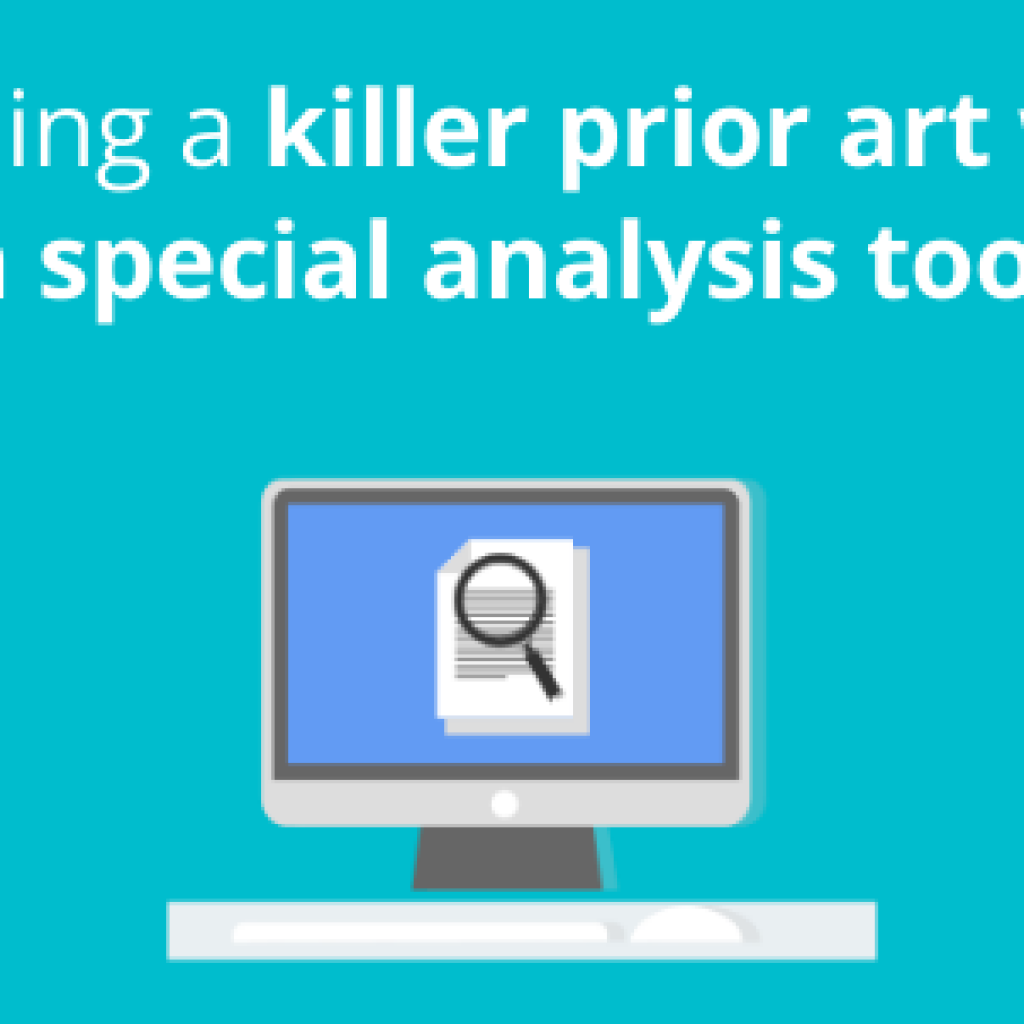You are considering investing millions of dollars in purchasing a patent portfolio. While this decision offers an attractive opportunity to open doors to novel technological horizons and potentially gain substantial financial returns, you understand the complexities that must be addressed. As experts in facilitating patent buying and selling for over a decade, we know the importance of conducting an extensive patent portfolio analysis to achieve greater ROI.
To assist you in making well-informed patent-buying decisions, we have created a powerful list of critical factors for portfolio analysis. This article, coupled with our experience, will help you analyze and buy an attractive patent portfolio.
1. Checking the overall health of the patent portfolio
When providing recommendations on which portfolio to purchase, we thoroughly examine and analyze many factors to ensure the best possible investment outcome. The very first one is the overall health of the patent portfolio. We consider several aspects to evaluate the health of the patent portfolio.
Starting by looking at the number of patents in the portfolio and then examining the geographic coverage of the patents. Additionally, we consider the scope of technology and the average time to grant a patent.
Combining these aspects allows us to determine whether the patent portfolio is valuable for further investigation. By the way, we have a complete list of crucial parameters that we use during this objective analysis of the patent set. If you’re interested, you can explore it here.
2. Identifying companies impacted by the patent portfolio
Understanding which companies’ patent applications have been blocked or faced infringement issues due to the portfolio is crucial. This insight offers a powerful tool to assess the portfolio’s ability to control competition and establish a dominant market position.
Benefit to Buyer: By identifying companies affected by the portfolio, the buyer gains leverage in negotiations, potential licensing agreements, and establishing a stronger market presence.
In 2022, our tech client considered purchasing a patent portfolio related to next-gen data encryption. While analyzing the patent portfolio, we used our BOS Tool and discovered that the patents in the portfolio challenged several competitors’ applications. This finding indicated that the portfolio can potentially thwart competition and create a favorable market landscape. Additionally, the applications that had received rejections due to the patents could be probable targets for litigation or even for collaboration.
BOS is GreyB’s Patent Licensing and Monetization Tool that tells if the patent has provided 102/103 rejections to later filed patent applications, which companies own these blocked patent applications, whether those patent applications were abandoned after these rejections or had to amend their claims to get the granted patent, etc. In summary, BOS can provide a valuable analysis of the patent portfolio and you can try it using the button below.
3. Investigating emerging players in the technology space
Identifying key players in the technology sector is essential for understanding competition and exploring licensing opportunities. This analysis should encompass established industry leaders as well as emerging startups.
Benefit to Buyer: The buyer comprehensively understands the competitive landscape, potential collaboration partners, and the technology ecosystem’s overall dynamics.
In one of our projects, a medical device company was interested in acquiring a patent portfolio focusing on wearable health monitoring technology. Through investigation, we discovered a mix of established medical device manufacturers and innovative startups actively involved in this domain and the strength of their IP assets. This insight enabled our client to strategize collaborations and anticipate potential partnerships.
4. How attractive are the patents for big players?
Determining if significant technology players are interested in or investing in the portfolio’s covered domain is essential. This signals the portfolio’s attractiveness and potential value to major industry participants.
Benefit to Buyer: If the portfolio draws interest from industry giants, the buyer gains validation of the portfolio’s relevance and a potential opportunity for future collaborations or licensing deals.
I remember one of our pharmaceutical clients expressed interest in purchasing a collection of oncology patents before Pfizer acquired Seagen. Our research showed that major pharmaceutical companies like Pfizer had already acquired numerous oncology patents. As a result, the patent set our client wanted to buy held significant value, as they could potentially collaborate or engage in litigation with these large players to monetize their investment.
5. Assessing Market Potential through Licensing and Litigation Activity
Tracking licensing agreements and litigation related to the patents in the portfolio offers insights into the portfolio’s market potential. Increased licensing agreements indicate demand for the patented technology, while litigations shed light on enforcement capabilities and potential monetization.
Benefit to Buyer: Understanding the licensing and litigation landscape gives the buyer a clearer picture of how the portfolio’s patents are valued in the market and their potential for generating revenue.
6. Monitoring Standardization Activity and Patent Pool Formations
Understanding standardization efforts and patent pool formations in the technology domain provides insights into the portfolio’s future prospects. Standardization can lead to broader technology adoption, while patent pools can facilitate licensing agreements.
Benefit to Buyer: Awareness of standardization and patent pool dynamics allows buyers to anticipate industry trends and the potential for collaborative licensing opportunities.
Our telecommunications client asked us to evaluate a patent portfolio focused on 5G network innovations. On observing the ongoing standardization efforts in the 5G sector, we were able to imply a widespread adoption of relevant technologies. Additionally, the portfolio’s participation in a patent pool signaled a streamlined approach to licensing, offering the buyer an advantage in negotiations.
Conclusion
But here’s the thing – finding the right balance among these factors in patent portfolio analysis isn’t a well-paved path. While some factors will hold more value for your business goals, others will take a backseat.
This is where you need to look into the depth of the matter and understand what will work for you and what won’t. You need to see the complete set from a 1000 ft view and, at the same time, put it under a microscope with a high-power objective lens.
With ten years of experience pinpointing the perfect patent portfolios for your acquisition, GreyB can assist you at every step.
Need help in evaluating a patent portfolio? Our experts can analyze the complete set and find the patents most relevant to your needs.
Authored by: Annie Sharma and Divyanshu Singh




